The VW trend took off in the 1960s, as the loosening culture embraced the idea of a low-cost, easy-to-fix car. The low cost was key as the Boomer generation came of age and went looking for America.
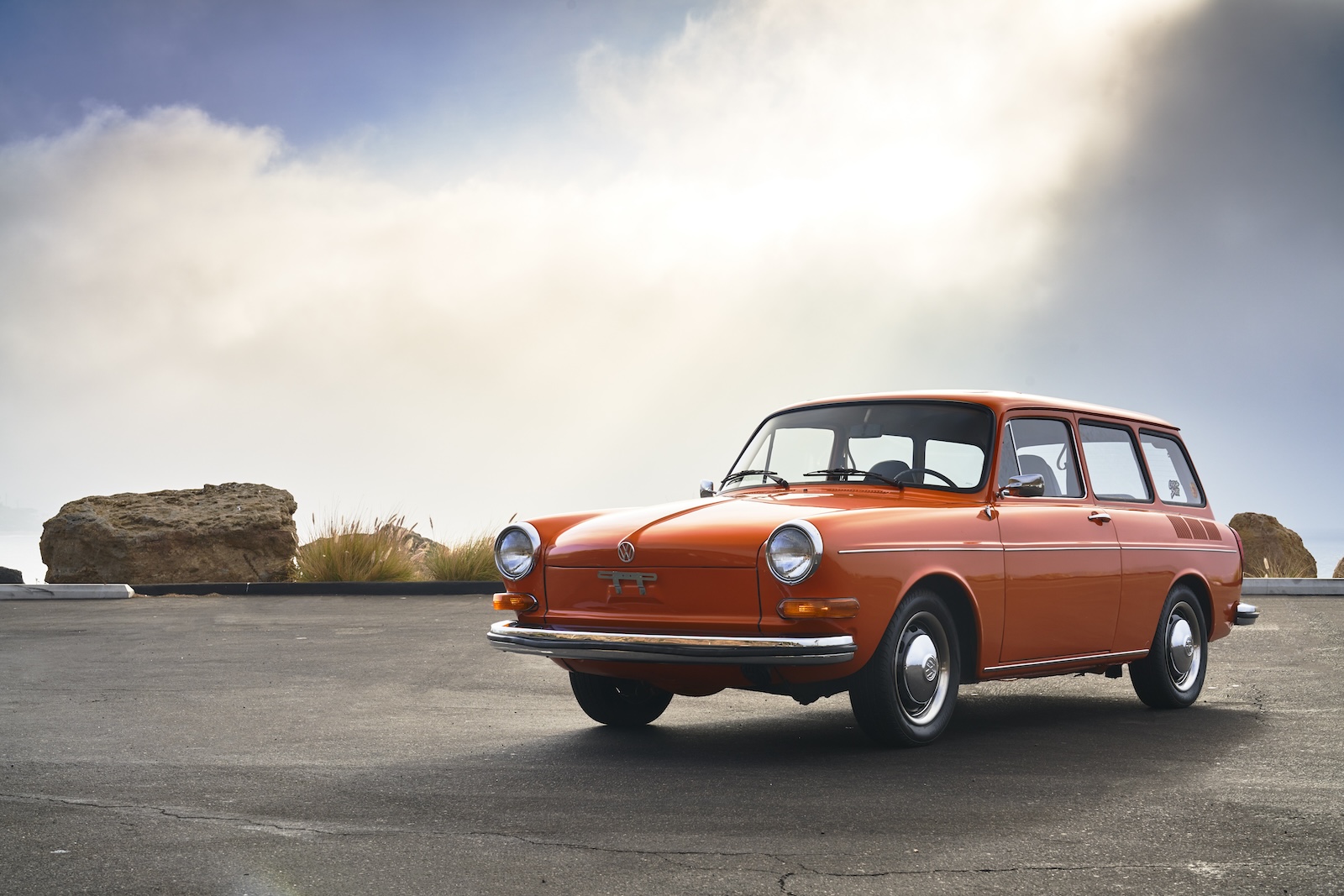
The VW lineup’s been characterized by a stream of wholly recognized models, like this 1972 Squareback model.
January 17 marked 75 years since two Volkswagen Type 1 vehicles, better known as the VW Bug or Beetle, landed on the shores of New York. Seventy-five years later, the iconic German automaker is celebrating its humble beginnings. To celebrate the anniversary, the brand is announcing a year-long holistic campaign that will serve as a love letter to the American people, and an invitation to be part of Volkswagen’s electric future.
“Over the past 75 years, Volkswagen has grown from a tale of two Beetles into a part of America’s cultural fabric,” said Rachael Zaluzec, Senior Vice President of Customer Experience & Brand Marketing, Volkswagen of America. “We carry people in our name and our heart. As we look forward to the next 75 years, we will celebrate the real people and real-life moments that have made Volkswagen brand the people’s love story it is today.”
What that really means is anyone’s best guess. VW’s press release says, “Moments are being planned throughout the year to spotlight the people, products and places that have defined one of America’s best-known brands,” so we’re thinking TV commercials. Specifically, VW said that the 75th anniversary campaign will include Volkswagen’s return to Super Bowl LVIII.
The VW story in America
In 1949, Dutch businessman Ben Pon arrived in New York with two Volkswagen Type 1 vehicles. While Pon initially struggled to sell the cars, Americans soon warmed to the charms of the Beetle. Volkswagen of America was established in 1955 to organize dealers and provide parts and service. In 1959, the brand ran its first iconic “Think Small” ad touting the benefits of the air-cooled, easy-to-maintain Beetle.
The VW trend took off in the 1960s, as the loosening culture embraced the idea of a low-cost, easy-to-fix car. The low cost was key as the Boomer generation came of age and went looking for America. Low purchase prices for used VWs led to innovations like the Meyers Manx dune buggy and other fiberglass body kits. South of the border, the “Baja Bug” became a popular modification, since the Affordable VW could be transformed in a weekend into a capable off-road vehicle.
The Beetle, Bus and more niche models like the Karmann Ghia were essential parts of ‘60s culture, from Woodstock to Hollywood. The ‘70s brought demands for even more efficient models, and the first-generation Scirocco joined the lineup, followed by the Golf with its American name — the Rabbit.
Building in America for America
Volkswagen opened its first U.S. plant in Westmoreland, Pennsylvania in 1978, and eventually assembled more than 1.1 million Rabbits there. That plant also assembled Volkswagen’s first American sporty car, the Rabbit GTI, a model that would win over generations of fans and spawn several hot-hatch competitors. The Scirocco and Rabbit GTI also gave VW its first claims to real sports car performance and led the way to the Hot Hatch revolution.

VW officials believe their Tennessee-built ID.4 EVs will qualify for the full tax credit, and help lead it into this century.
The company broke ground on its Chattanooga assembly plant in 2008, signaling a shift to localized production in one of the brand’s key growth markets. Since that time, the company has invested more than $4.3 billion in its Tennessee operations and created more than 125,000 direct and indirect American jobs.
Now going electric
In July 2022, the plant began production of its all-electric ID.4 compact SUV, its first electric vehicle assembled in the United States. Then in 2023, the brand unveiled its next two vehicles in its growing electric portfolio: the ID.7 and the three-row ID. Buzz.
Set to become available later this year, the all-electric ID. Buzz pays homage to the brand’s iconic Microbus with a retro design, equipped with advanced EV technology and driver-assistance features. Also slated for the second half of 2024, the ID.7 is the first all-electric Volkswagen in the premium midsize sedan segment. Excellent aerodynamics and a new, highly efficient drivetrain ensure long ranges and exceptional passenger comfort.
One thing that Volkswagen has always done is move with the times. Although the company has grown far from its roots as the most basic economy car you could buy, there’s still a Volkswagen ethos to its products – a little bit funky, a little bit playful, and definitely not taking itself too seriously. It’s going to be fun to see what they do next.

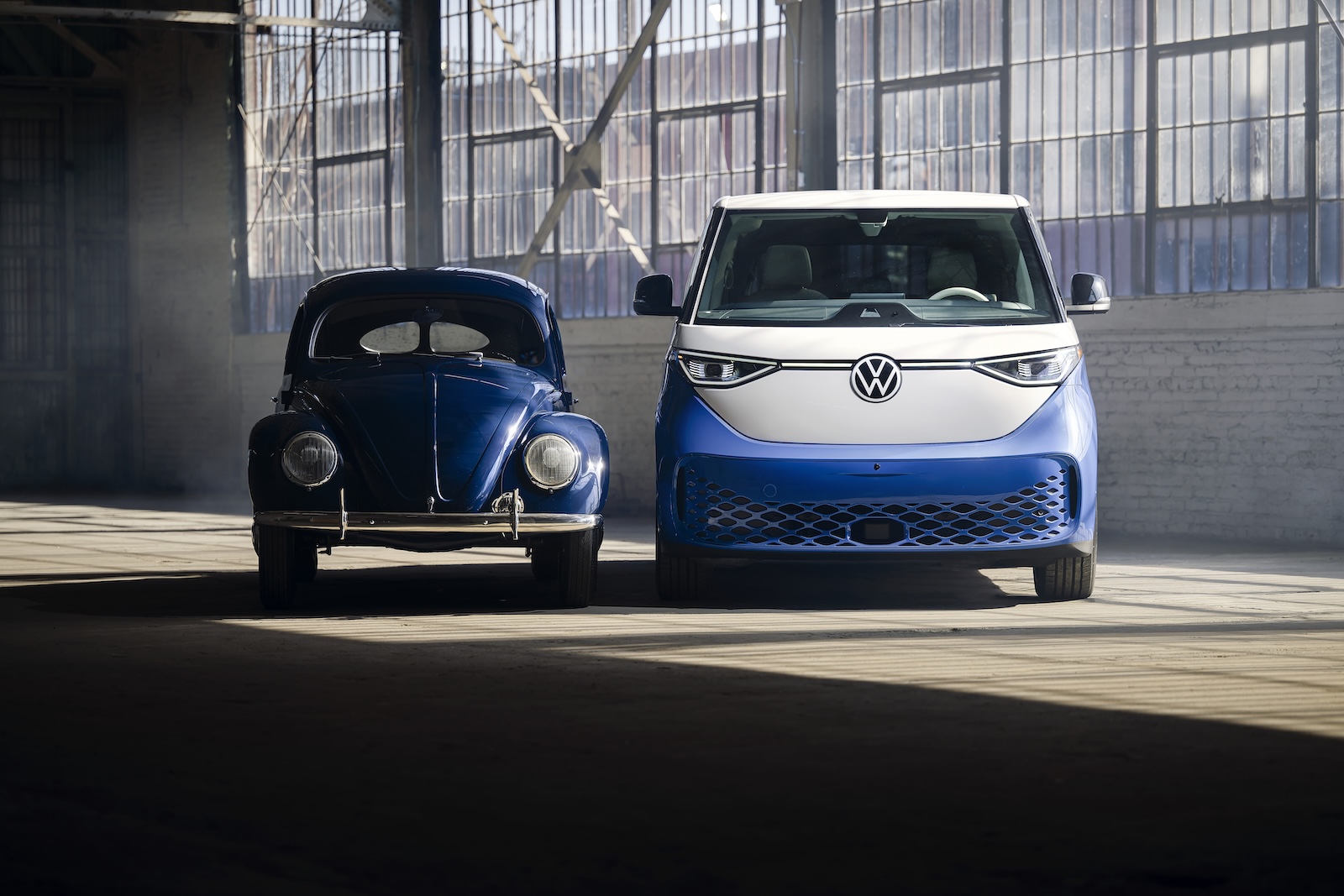
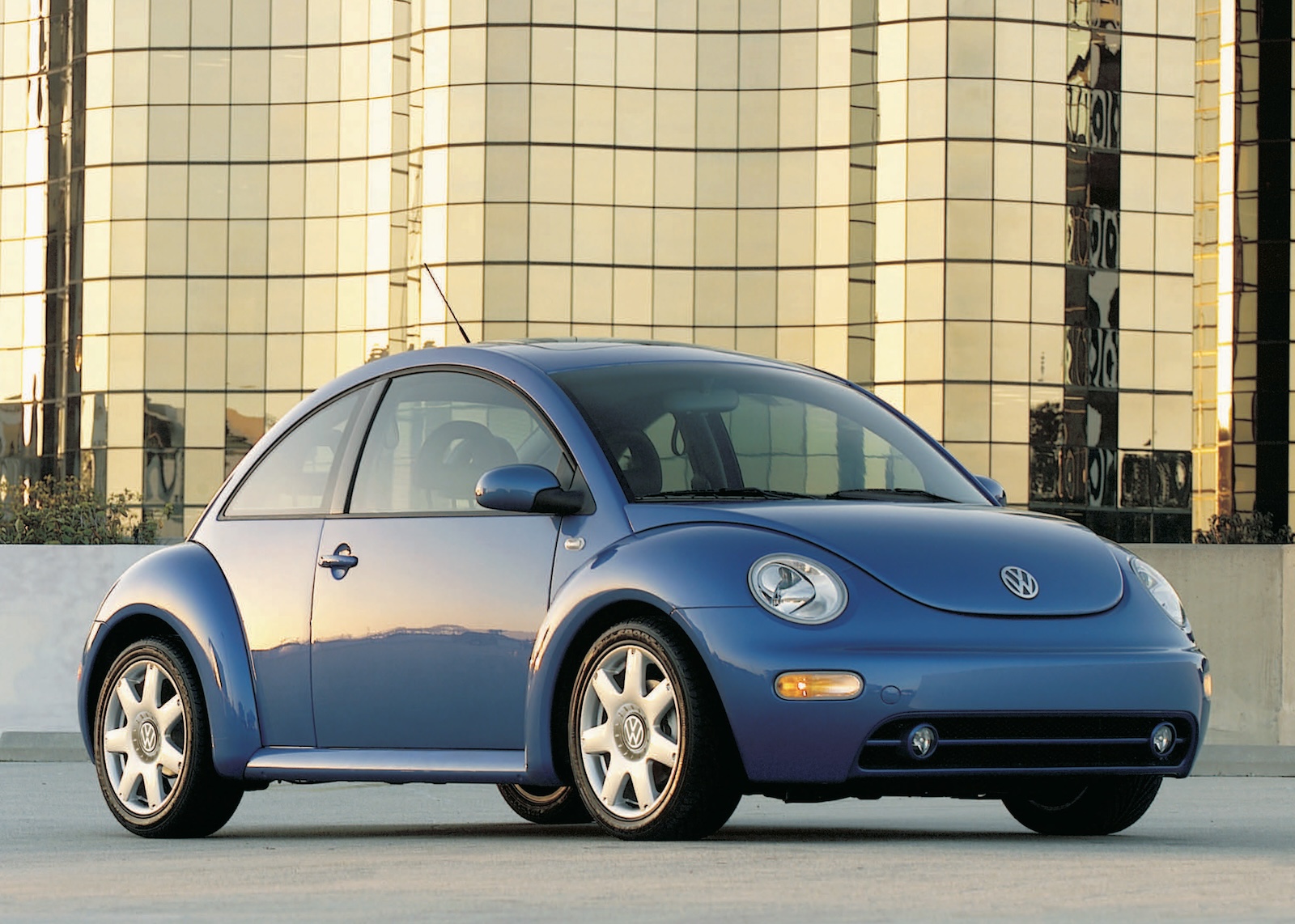
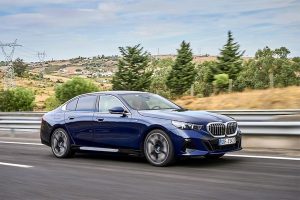

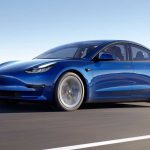
0 Comments